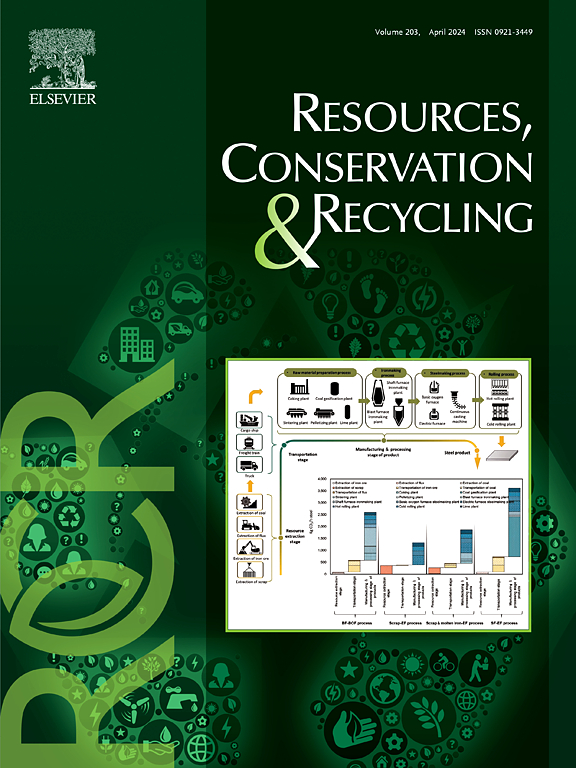Current progresses in the analysis, treatment and resource utilization of industrial waste salt in China: A comprehensive review
IF 11.2
1区 环境科学与生态学
Q1 ENGINEERING, ENVIRONMENTAL
引用次数: 0
Abstract
Industrial waste salt is a complex hazardous solid waste generated in the process of near zero liquid discharge (ZLD) of industrial wastewater. Proper treatment of industrial waste salt is crucial to prevent environmental damage and resource wastage. The primary challenge in treating industrial waste salts lies in the presence of organic contaminants. A comprehensive understanding of the physicochemical properties and environmental behavior of these organic contaminants is essential for developing effective treatment strategies. This study provides a thorough review of recent advances in industrial waste salts, including their sources, properties, characterization methods and treatment technologies. Specifically, the up-to-date spectroscopic/mass spectrometric techniques for characterizing organic contaminants in waste salts and commonly used thermal treatment techniques are highlighted. Furthermore, the drawbacks and challenges associated with current methods for characterizing and treating industrial waste salts are examined. The study also addresses the existing bottlenecks in the resource recovery of industrial waste salts and offers future perspectives for the development of characterization and treatment approaches.

求助全文
约1分钟内获得全文
求助全文
来源期刊

Resources Conservation and Recycling
环境科学-工程:环境
CiteScore
22.90
自引率
6.10%
发文量
625
审稿时长
23 days
期刊介绍:
The journal Resources, Conservation & Recycling welcomes contributions from research, which consider sustainable management and conservation of resources. The journal prioritizes understanding the transformation processes crucial for transitioning toward more sustainable production and consumption systems. It highlights technological, economic, institutional, and policy aspects related to specific resource management practices such as conservation, recycling, and resource substitution, as well as broader strategies like improving resource productivity and restructuring production and consumption patterns.
Contributions may address regional, national, or international scales and can range from individual resources or technologies to entire sectors or systems. Authors are encouraged to explore scientific and methodological issues alongside practical, environmental, and economic implications. However, manuscripts focusing solely on laboratory experiments without discussing their broader implications will not be considered for publication in the journal.
 求助内容:
求助内容: 应助结果提醒方式:
应助结果提醒方式:


